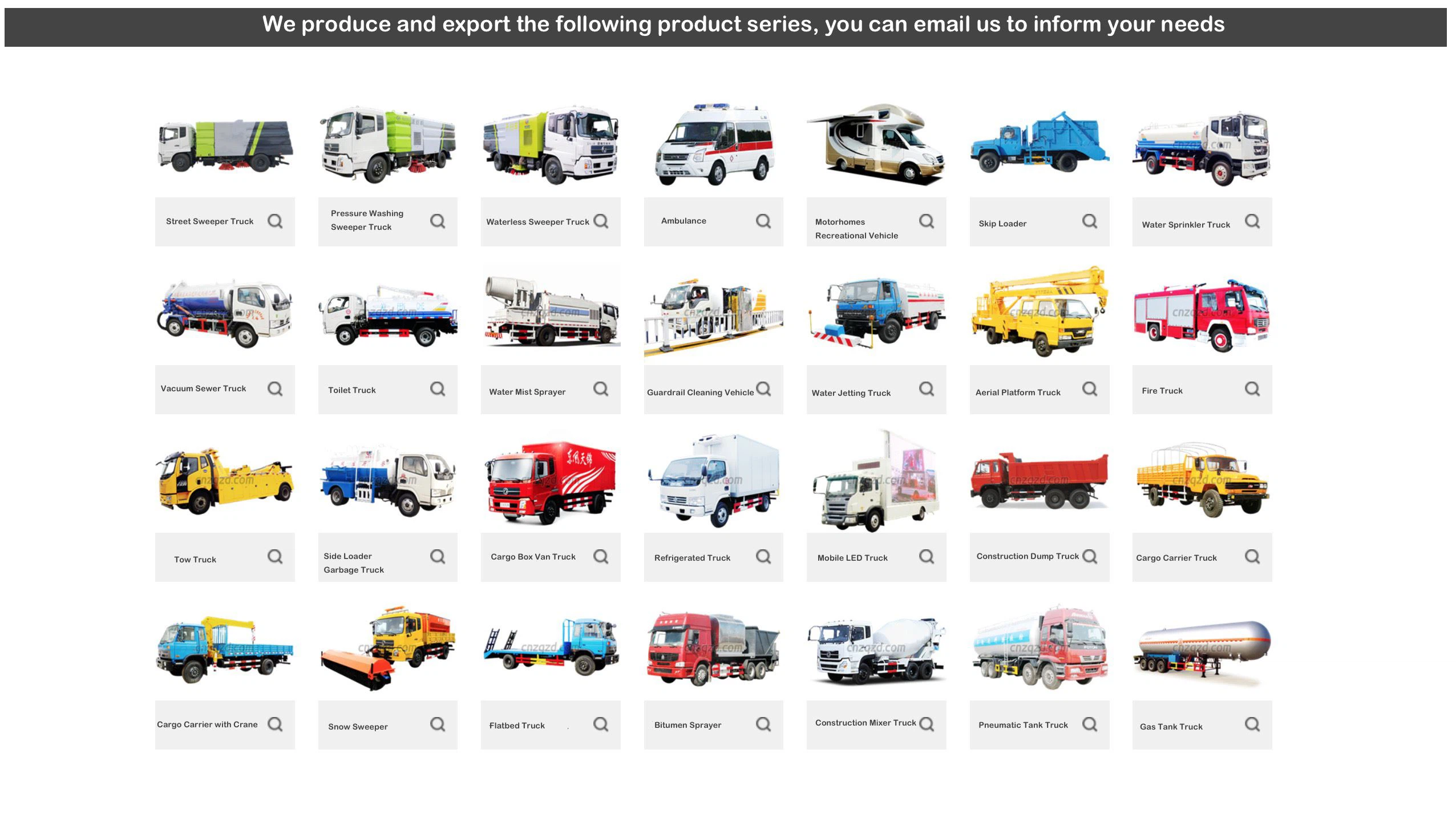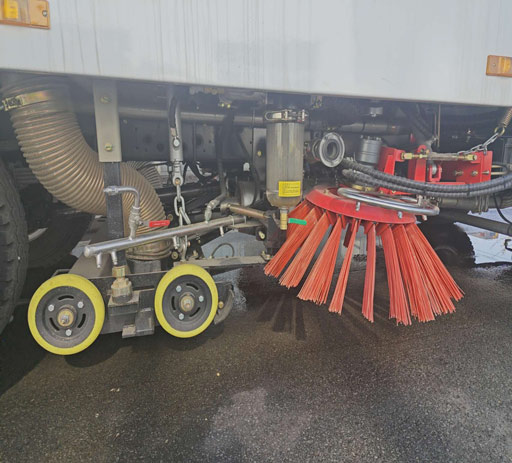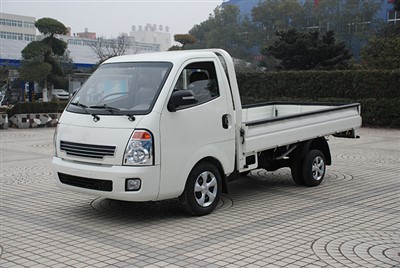Everything You Need to Know About Mini Payloaders

Introduction
Mini payloaders have become essential machinery in various industries that require the efficient movement of materials. Compact, versatile, and powerful, these machines are perfect for urban construction, landscaping projects, and agricultural tasks. This article explores everything you need to know about mini payloaders, including their benefits, features, applications, and maintenance tips. We’ll help you understand why investing in a mini payloader can be a game-changer for your projects.
What Is a Mini Payloader?
A mini payloader, also known as a compact wheel loader, is a small-sized piece of construction equipment designed to lift and move heavy materials. They are equipped with a front bucket attachment that allows for efficient loading, unloading, and transporting of materials like dirt, gravel, and sand. Their compact size makes them ideal for confined spaces where traditional-sized loaders cannot operate effectively.
Key Features of Mini Payloaders
1. Compact Design
The most defining feature of a mini payloader is its size. Typically, these machines are smaller than standard payloaders, allowing them to maneuver in tight spaces, such as residential areas or smaller job sites.
2. Versatility
Mini payloaders are designed to accommodate various attachments, including forks, buckets, and sweepers. This versatility means they can be used for multiple applications, such as landscaping, snow removal, and material handling.
3. Exceptional Maneuverability
Thanks to their compact body, mini payloaders offer superior maneuverability, making it easier to navigate around obstacles and in narrow spaces. Operators can efficiently work in confined areas without compromising productivity.
4. Low Operating Costs
Mini payloaders often have lower fuel consumption than larger machines, leading to cost savings over time. Their size also means they require less maintenance and upkeep.
5. User-Friendly Controls
Most mini payloaders come equipped with easy-to-use controls that are intuitively designed. This feature allows operators of varying skill levels to quickly learn how to operate the machine efficiently.
Benefits of Using Mini Payloaders
1. Increased Productivity
With their ability to lift and transport materials quickly, mini payloaders can significantly boost productivity on job sites. Their speed and efficiency mean tasks can be completed faster than with manual labor or smaller machines.
2. Improved Safety
The compact design of mini payloaders enhances safety by reducing the likelihood of tipping or other accidents that can occur with larger machinery. Their stability makes them safer to operate in various job settings.
3. Enhanced Access
Due to their smaller frame, mini payloaders can access sites that traditional machinery cannot. This ability allows for work in tight corners, narrow paths, and congested areas.
4. Cost-Effective
Affordable compared to larger models, mini payloaders require less upfront investment. Additionally, their lower operating costs contribute to long-term savings for businesses.
Applications of Mini Payloaders
1. Construction
Mini payloaders are widely used in construction for tasks ranging from loading materials to moving dirt and debris. Their versatility allows them to adapt to different needs on a job site.
2. Landscaping
Landscapers find mini payloaders extremely useful for transporting soil, rocks, and plants. Their compact size is perfect for navigating around gardens and parks without damaging the landscape.
3. Agriculture

In agricultural settings, mini payloaders can assist farmers with tasks such as loading feed, clearing paths, and moving equipment. Their ability to work in tight spaces is beneficial in barns and greenhouses.
4. Municipal Maintenance
City maintenance departments utilize mini payloaders for snow removal, street cleaning, and maintaining parks. Their maneuverability makes them ideal for traversing urban environments.
5. Material Handling
Any industry dealing with the handling of bulk materials benefits from the use of mini payloaders. Their ability to lift and move heavy loads helps streamline operations.

Choosing the Right Mini Payloader
When selecting a mini payloader, consider factors like size, engine power, lift capacity, and attachment options. Analyze your specific needs and work environment to determine which model will best serve your purpose.
1. Assess Your Requirements
Identify what tasks you will be performing most often. Selecting a model with the right specifications tailored to your needs will improve efficiency.
2. Compare Brands
Research different brands to find out which units are the most reliable. Reading customer reviews can provide valuable insight into their performance in real-world conditions.
3. Evaluate Attachments
Consider the attachments available for each model. Some may come with more versatile attachment options that will allow for broader applications.
4. Get a Demonstration
Whenever possible, request a demonstration before purchasing a mini payloader. Operating the machine firsthand can significantly help in making an informed decision.
Maintenance Tips for Mini Payloaders
1. Regular Inspections
Frequent inspections of your mini payloader can help catch potential issues before they become significant problems. Check fluid levels, tire pressure, and wear on attachments regularly.
2. Clean After Use
Always clean the machine after use to prevent build-up of dirt, debris, and other materials that could impact performance and longevity.
3. Lubricate Moving Parts
Keep moving parts lubricated to ensure smooth operation. This practice can help reduce unnecessary wear and tear.
4. Follow Manufacturer Guidelines
Always refer to the manufacturer’s maintenance guidelines. They provide specific instructions on servicing and care to keep your mini payloader in optimal working condition.
Common Issues with Mini Payloaders and How to Troubleshoot Them
1. Engine Trouble
Symptoms: Slow startup, rough running.
Solution: Check the fuel system and air filters. Consult your manual if the problem persists.
2. Hydraulic Issues
Symptoms: Slow movement or loss of power.
Solution: Inspect hydraulic fluid levels and check for leaks in hoses or connections.
3. Tire Problems
Symptoms: Low pressure or uneven wear.
Solution: Regularly check tire pressure and rotate tires if necessary to ensure even wear.
Mini Payloader Rental vs. Purchase

1. Renting Mini Payloaders
Renting can be a cost-effective option for short-term projects or if you don’t frequently need a payloader. It allows for flexibility without the long-term commitment of ownership.
| Pros | Cons |
|---|---|
| Lower upfront cost | No asset ownership |
| No maintenance required | Rental fees can add up |
| Access to the latest models | Limited to rental agreements |
2. Purchasing Mini Payloaders
If you frequently require a mini payloader, purchasing may be more economical in the long run. Ownership allows full control over maintenance and operational usage.
| Pros | Cons |
|---|---|
| Full control over the machine | |
| Potential for asset appreciation | Maintenance responsibilities |
| No ongoing rental fees | Requires more storage space |
FAQs about Mini Payloaders
1. What is the average cost of a mini payloader?
The cost varies widely based on brand, features, and condition (new or used). Typically, prices range from $20,000 to $50,000.
2. Can a mini payloader be used for snow removal?
Yes, mini payloaders are effective for snow removal when equipped with the appropriate attachment, such as a snow blade or shovel.
3. How much weight can a mini payloader lift?
Most mini payloaders can lift between 1,000 and 3,500 pounds, but this can vary by model and manufacturer.
4. Are mini payloaders fuel-efficient?
Mini payloaders are generally more fuel-efficient than larger models, making them a cost-effective choice for many operators.
5. What type of maintenance do mini payloaders require?
Routine maintenance includes fluid checks, cleaning, and inspecting parts for wear and tear. Following the manufacturer’s guidelines is crucial for longevity.
6. Can attachments be interchanged between different brands of mini payloaders?
Attachment compatibility varies by brand and model. Always consult the manufacturer’s specifications to ensure the attachment will fit your mini payloader.
